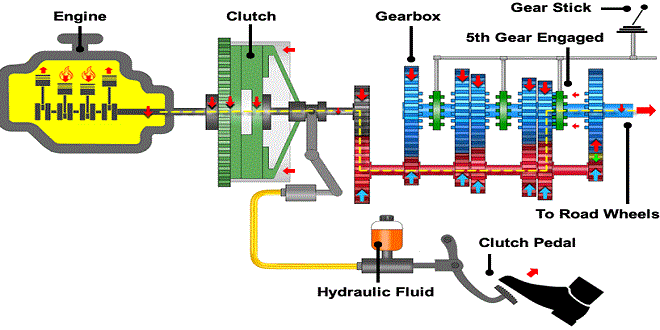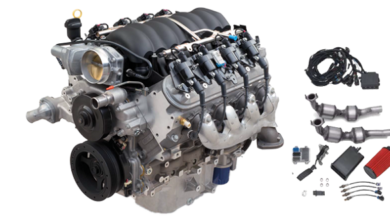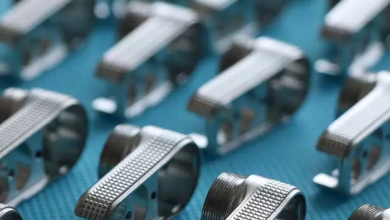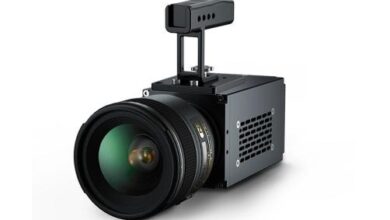Gear wheel positions when different gears are selected

Neutral
All main shaft gear wheels are positioned so that they do not touch the layshaft gears, this enables them to rotate freely. A drive is taken to the layshaft, but the main shaft will not be turned while in the neutral position.
First gear
The first-speed gear wheel (A) on the main shaft is slid backwards to engage with pinion B on the layshaft; all other gears are positioned in neutral. In this gear, the reduction in speed that occurs as the drive passes through the constant-mesh gears (E and F) is reduced further by the first-speed gears (A and B).
Second gear
The second-speed gearwheel (C) is slid forward to engage with the layshaft gear (D); all other gears are set in the non-driving position.
When the same size of the gear tooth is used for all the gears in a gearbox, the total number of teeth on the various sets of gears will be the same.
Third gear
In this gear position, gear wheel G is slid in to mesh with gear H. Since the size of the layshaft gear (H) is larger than the gear (D) that was used to give the second gear, a slightly higher ratio than the second is obtained. Sometimes it is necessary when diagnosing a particular fault to consider the path taken by the drive as it passes through the gearbox. This path is called the power flow. In the case of third gear, the flow path is: Primary shaft to gears E, F, H and G to the main shaft.
Top gear
In this layout, the fourth gear is a direct drive; namely a gear that gives a ratio of 1 : 1. It is obtained by sliding gear G to engage its dog teeth with the corresponding teeth formed on the end of the constant-mesh pinion E. Engagement of the dog clutch locks the primary to the main shaft and this gives a ‘straight-through’ drive. In this gear, the power flow is not transmitted through any gear teeth so the energy loss is small. Losses would be even smaller if it were possible to reduce the churning effect of oil by the layshaft, but this oil movement is necessary to provide lubrication for the gearbox.
Vnrom is a free tool that helps bypass FRP locks. FRP stands for Factory Reset Protection. It’s a security feature on Android devices. Once FRP is activated, you need the original Google account to access your phone. Vnrom helps you bypass this restriction.
Reverse gear
Sliding a reverse gear between any two gears on the layshaft and main shaft is the method used to change the direction of rotation (DOR) of the output shaft.
Gear changing
When one gear is moved to engage with another gear, the noise will result if the peripheral (outside) speeds are not the same. To avoid this, the driver of a vehicle having a sliding-mesh gearbox performs an operation called double-declutching.
On changing up, for example from first to second, the clutch-driven plate, primary shaft and layshaft gear cluster must be slowed down by re-engaging the clutch while the lever is positioned in neutral. The engine slows down more quickly than the layshaft assembly, so a braking action on the layshaft assembly is obtained.
Last word
A chamfer on the engagement side of each gear tooth is provided to allow for an easier entry of the sliding gear. However, if the driver makes a bad change, in addition to the loud noise created by the gear teeth rubbing against each other, burring of the teeth will occur and in some cases the teeth will chip or break off.
Read More: Naasongs





